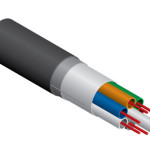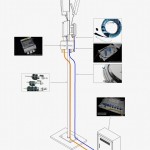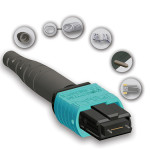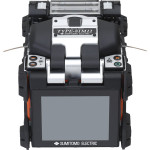Fiber optic cables are terminated with fiber optic connectors. The construction of the connector involves precise alignment of the end of the fiber with the end of the connector’s ceramic ferrule, which mates with the fiber receptacle. Fiber connectors can be UPC (ultra-physical contact) or APC (angle-physical contact). Generally, UPC is used for purely digital communication applications, such as the CPRI protocol commonly used in FTTA. In situations where analog signals will be transmitted, APC-type connectors are recommended.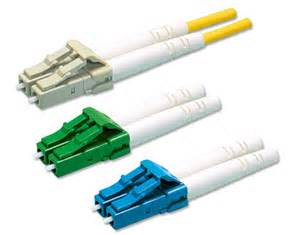
The most common type of fiber connector in FTTA installations is the LC connector, which is characterized by its small size and positive latching feature. It commonly appears in a dual configuration with two connectors mated or snapped together, which is called a duplex configuration. This configuration typically provides one connector for signal transmission and the other for signal reception. Most RRU manufacturers use a duplex LC connector, which resides in either a bulkhead port or a maintenance hatch in the body of the radio unit.
Fiber optic connectors can be pre-terminated in the factory or field terminated by the tower hand during installation. In early FTTA deployments, pre-terminated cable assemblies, which come in pre-determined lengths, emerged as the standard solution. However, using pre-terminated cable has led to potentially costly challenges, including:
- Delayed installation if the available cable proved too short.
- The need to provide slack storage if the cable was too long.
- Discarded cable in the event of connector damage.
- Inventory issues where mobile operators or their distributors had to stock multiple lengths of cable in order to ensure that the right cable is always available in the field.
Pre-terminated cable remains the standard. However, OEMs and installers are beginning to consider field-mount fiber connectors for FTTA construction. The installation of fiber connectors at the site mimics the hard-line coaxial installation process of the past, where tower hands terminated coaxial cables in the field. Field termination eliminates the problems associated with pre-determined cable lengths.
Modern field-mount fiber connectors are quick and easy to install with minimal tools and training, and their operational life and performance closely matches that of factory-terminated connectors. Due to these benefits, the wireless industry may adopt field-mount connectivity in the future.
